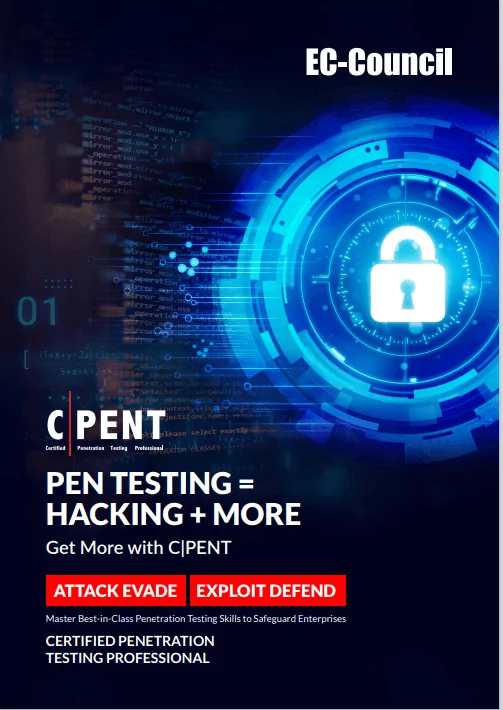What Will You Learn ?
✓ Advanced Windows Attacks
Access active directories. Power your way through network defenses using PowerShell to execute Silver and Gold Ticket and Kerberoasting.
✓ Attacking IoT Systems
C|PENT is the 1st certification in the world to teach IoT attacks
✓ Writing Exploits: Advanced Binary Exploitation
Go beyond advanced application security testing techniques and experience the thrill of exploiting vulnerabilities in flawed binaries across 32- and 64-bit code challenges.
✓ Bypassing a Filtered Network
Unlike flat networks that most certifications train in, access web applications and extract data through a series of filtered networks with C|PENT.
✓ Pentesting Operational Technology (OT)
C|PENT is the world’s first pen testing certification that allows you to intercept Modbus communication protocol and communicate between PLC and its slave nodes.
✓ Access Hidden Networks with Pivoting
Learn lateral movement and what it means to pivot through filtered networks.
✓ Double Pivoting
If you think pivoting is hard, wait until you try double pivoting!
✓ Privilege Escalation
Gain root access by mastering privilege escalation techniques.
✓ Evading Defense Mechanisms
We don’t just teach you to write exploits; we teach you to how to bypass protections.
✓ Attack Automation with Scripts
A key skill for most employers, we’ll teach you to go beyond tools!
✓ Weaponize Your Exploits
Pentesting tools not enough for you? Here’s your chance to learn to build your own armory.
✓ Write Professional Reports
Learn classic pen testing skills from experts.




















